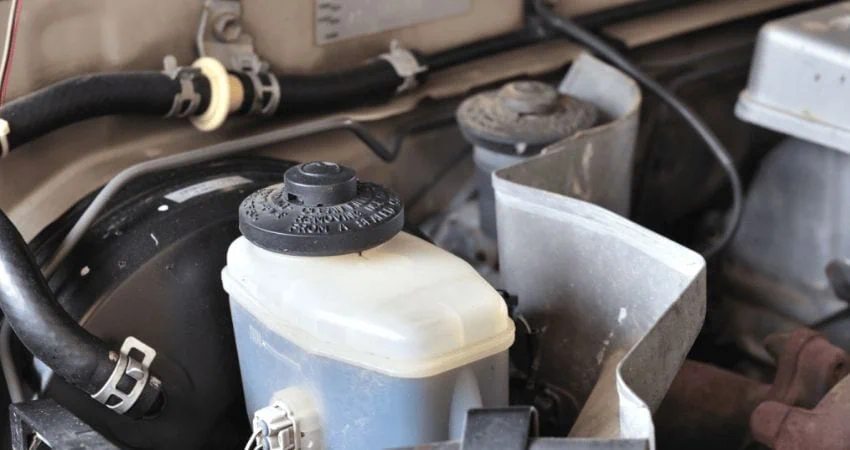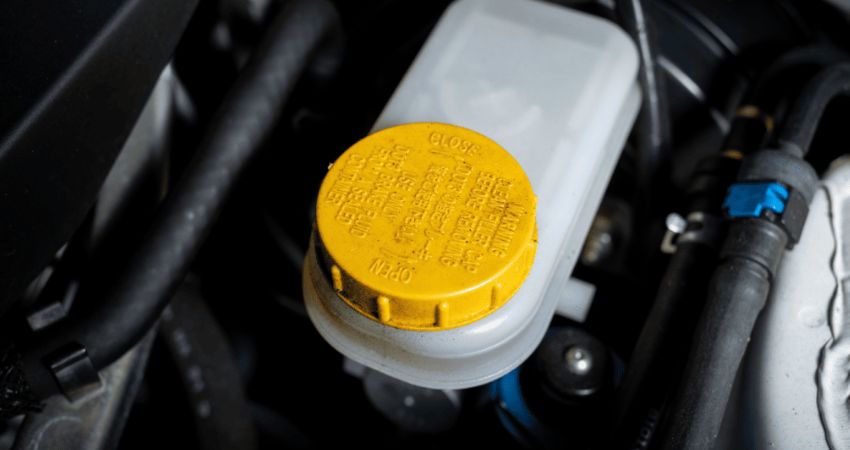Step 1: Gather What You Need
- Paper towel or lint-free cloth
- Gloves (optional)
- Owner’s manual (for dipstick location and fluid type)
Step 2: Warm Up the Engine
Start the car and let it idle until it reaches normal operating temperature. Most transmission checks require the engine to be running and the transmission to be warm.
⚠️ Always check your manual first. Some vehicles recommend checking the fluid when the engine is off.
Step 3: Locate the Dipstick
Pop the hood and find the transmission dipstick. It’s usually near the back of the engine and may be labeled. It’s often red or yellow (engine oil dipsticks are usually black or orange).
Step 4: Pull and Wipe
Remove the dipstick, wipe it clean with your cloth or towel, and reinsert it fully.
Step 5: Check the Fluid Level
Pull the dipstick out again and check where the fluid level lands. It should be within the HOT or FULL range marked on the stick.
Step 6: Inspect the Fluid Condition
Healthy transmission fluid is:
- Bright red
- Smooth in texture
- Does not smell burnt
If it’s brown, dark, gritty, or smells bad, it may be time for a change or flush.
What If There’s No Dipstick?
Many newer vehicles (especially European and luxury models) have sealed transmissions.
If that’s the case:
- Check the owner’s manual
- Look for transmission service alerts on your dashboard
- Visit a certified technician for a fluid check
- You won’t be able to DIY this safely without proper tools.
How Often Should You Check Transmission Fluid?
- Check monthly, especially on older vehicles
- Always check after towing, long trips, or if you notice any shifting issues
- Follow your manufacturer’s guidelines for inspection and replacement
What to Do If the Fluid Is Low
If the level is below the safe range:
- Add the correct fluid type for your vehicle
- Use a funnel to avoid spills
- Don’t overfill—it can cause foaming and shifting issues
I personally recommend Amsoil Signature Series Multi-Vehicle ATF. It’s compatible with most vehicles and provides reliable performance in extreme temperatures across the U.S. and Canada. I’ve used it for years and have seen smoother shifts and fewer transmission issues.
If the fluid is low again after a short time, you may have a transmission fluid leak.


